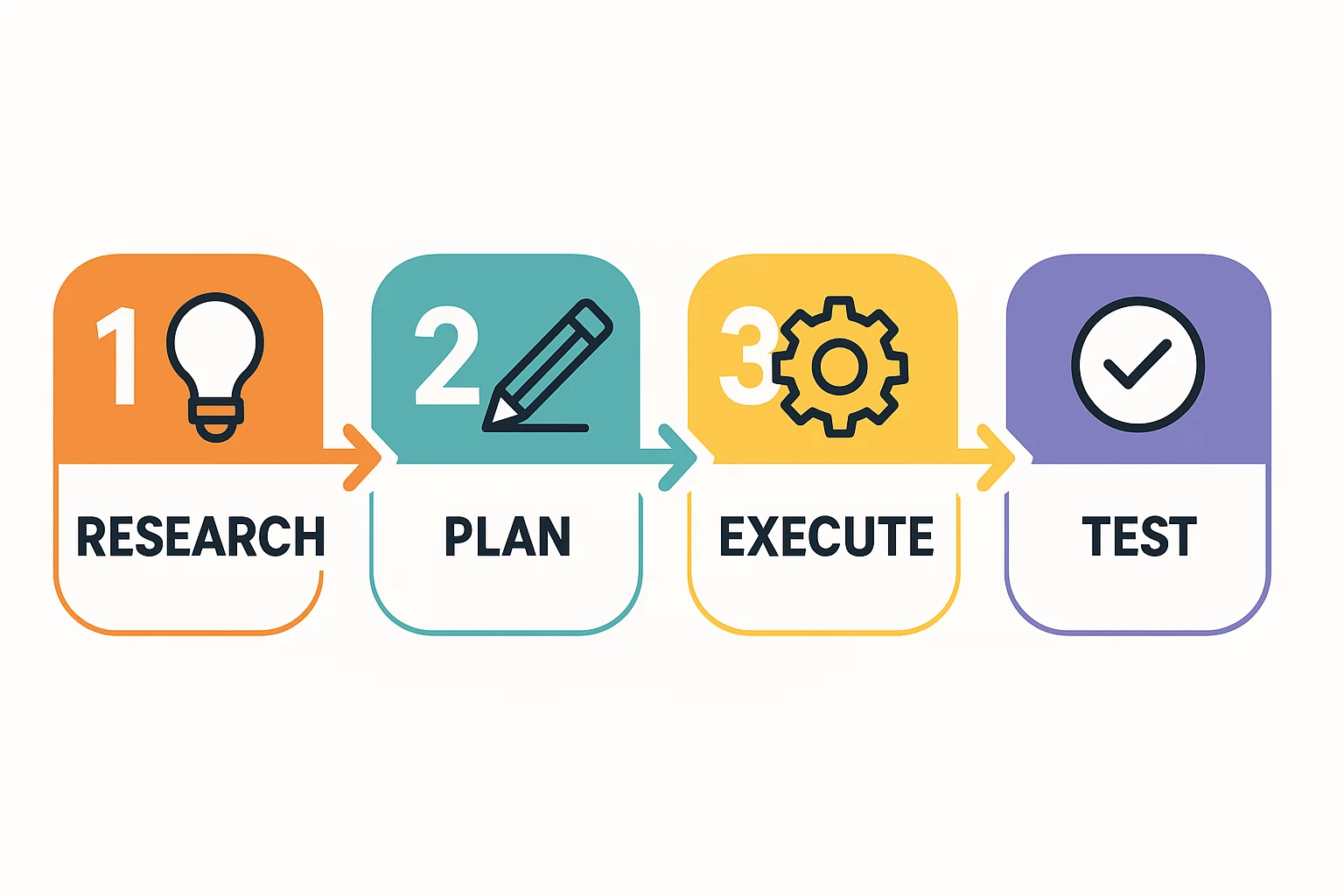An investor in Europe is developing a business plan for a new solar module factory in North Africa. He uses German labor rates and industrial electricity costs as a baseline, assuming the lower local wages will create a significant cost advantage. His financial model projects a healthy profit margin and a rapid return on investment.
Another investor targeting the same region takes a different approach. He works with a partner to gather on-the-ground data: actual skilled labor costs including social contributions, complex industrial electricity tariffs with peak demand charges, and the hidden expense of grid instability. His initial profit projections are more conservative, but they’re grounded in reality.
Which project do you think is more likely to succeed?
Too often, promising ventures in emerging markets are built on financial models that fail to account for critical regional variables. While the initial capital expenditure (CapEx) for equipment gets most of the focus, it’s the ongoing operational expenditure (OpEx) that ultimately determines your factory’s long-term profitability and success.
The Two Pillars of Operational Cost: Labor and Energy
For any manufacturing facility, the two most significant and variable operational costs are labor and energy. When developing a business plan for a solar module factory, a precise understanding of these local costs isn’t just an advantage—it’s a necessity. Relying on generic data or assumptions from developed markets is a mistake that puts a new enterprise at risk before the first module is even produced.
Decoding Local Labor Costs: Beyond the Hourly Wage
The most common mistake in modeling labor costs is to focus solely on the average hourly wage, a single data point that is dangerously incomplete. The true cost of labor is far more complex, encompassing many factors often overlooked in preliminary planning.
Our analysis of manufacturing projects across Africa and the Middle East shows that mandatory social contributions, insurance, and other benefits can increase the base wage by 30% to 60%.
These ‘hidden’ costs include:
- Social Security & Pension Contributions: Mandatory payments by the employer, which vary significantly by country.
- Health Insurance & Worker Benefits: Required by law in many nations.
- Overtime & Holiday Pay Regulations: Local labor laws often dictate premium pay rates that must be factored into production planning.
- Training & Skill Development: The availability of trained technicians can also impact your costs. Factoring in a budget for initial and ongoing training is essential for maintaining quality and efficiency.
A simple wage comparison isn’t enough. A detailed financial model must be built on a comprehensive understanding of local labor laws and the broader economic landscape. Building this level of detail into a financial model is a core part of our turnkey factory planning service.
Navigating the Complexities of Industrial Energy Tariffs
Electricity is the second critical variable, and as with labor, the advertised price per kilowatt-hour (kWh) tells only part of the story. Especially in emerging markets, industrial electricity tariffs are often structured in complex ways that can dramatically affect your monthly bill.

Key factors to consider include:
- Peak Demand Charges: Many utilities bill large industrial users not just for the energy they consume (kWh), but also for their highest power demand during a billing period (kW). These charges can account for a substantial portion of the total cost and must be managed through careful production scheduling.
- Time-of-Use (TOU) Rates: Electricity may cost significantly more during peak daytime hours than it does at night. A production plan that ignores these fluctuations will be unnecessarily expensive.
- Grid Reliability: In many regions, the electrical grid is not as stable as in Europe or North America. Frequent power outages or voltage fluctuations can halt production, damage sensitive equipment, and require investment in costly backup power systems, such as diesel generators. The operational cost of these systems—fuel, maintenance, and replacement parts—must be included in any realistic OpEx model.
The J.v.G. Approach: Building a Business Case on Reality, Not Assumptions
A successful factory cannot be planned from a distance. Internet research and global averages are a starting point, but they are no substitute for specific, verified local data. Building a reliable business case requires a partner with the experience to ask the right questions and the network to find the right answers.
Our process involves direct engagement with local authorities, utility companies, and labor experts to build a financial model that reflects the true operational environment of your chosen location. This hands-on due diligence is the foundation of our method for delivering successful solar manufacturing projects.

‘You cannot build a successful factory in Africa using a German spreadsheet. Success depends on understanding the local reality, from the cost of skilled labor to the reliability of the power grid. We help you build your plan on a foundation of facts.’ – Hans Thoma, Founder
Frequently Asked Questions (FAQ)
How much does labor typically contribute to a solar module’s production cost?
This depends heavily on the level of automation in the production line and the local wage scale. Generally, labor can account for 6% to 12% of the final cost per module. While this may seem smaller than the cost of raw materials, its high variability from region to region can significantly impact overall profitability and competitiveness.
Can I use my own country’s energy cost as a baseline for my project in another region?
We strongly advise against this. Industrial electricity tariffs, grid stability, and government subsidies vary so dramatically that a direct comparison simply isn’t possible. Using your local rates as a placeholder can lead to errors of 100% or more in your OpEx projections, creating a fatal flaw in your business plan.
What is the biggest OpEx mistake you see new investors make?
The most common and costly mistake is underestimating the ‘hidden’ costs of labor and energy: failing to account for mandatory social contributions on top of wages, and neglecting to plan for the financial impact of peak demand charges or the need for backup power. These oversights can transform a promising financial model into an unprofitable reality.
How do you get accurate local data for a financial model?
Getting accurate data requires on-the-ground research. This involves leveraging our established local networks, engaging in direct discussions with regional utility providers to understand their specific industrial tariffs, and consulting with legal and labor experts to ensure full compliance and cost awareness. There is no substitute for this direct, hands-on approach.
Your Next Step: From a General Idea to a Viable Plan
A successful solar manufacturing venture is built on a solid financial foundation. If you are ready to move from a concept to a concrete business plan, the first step is to understand the real-world operational costs in your target location. A plan built on assumptions is a gamble; a plan built on facts is an investment.

We are ready to discuss your project and guide you through the process step by step.
Contact us
